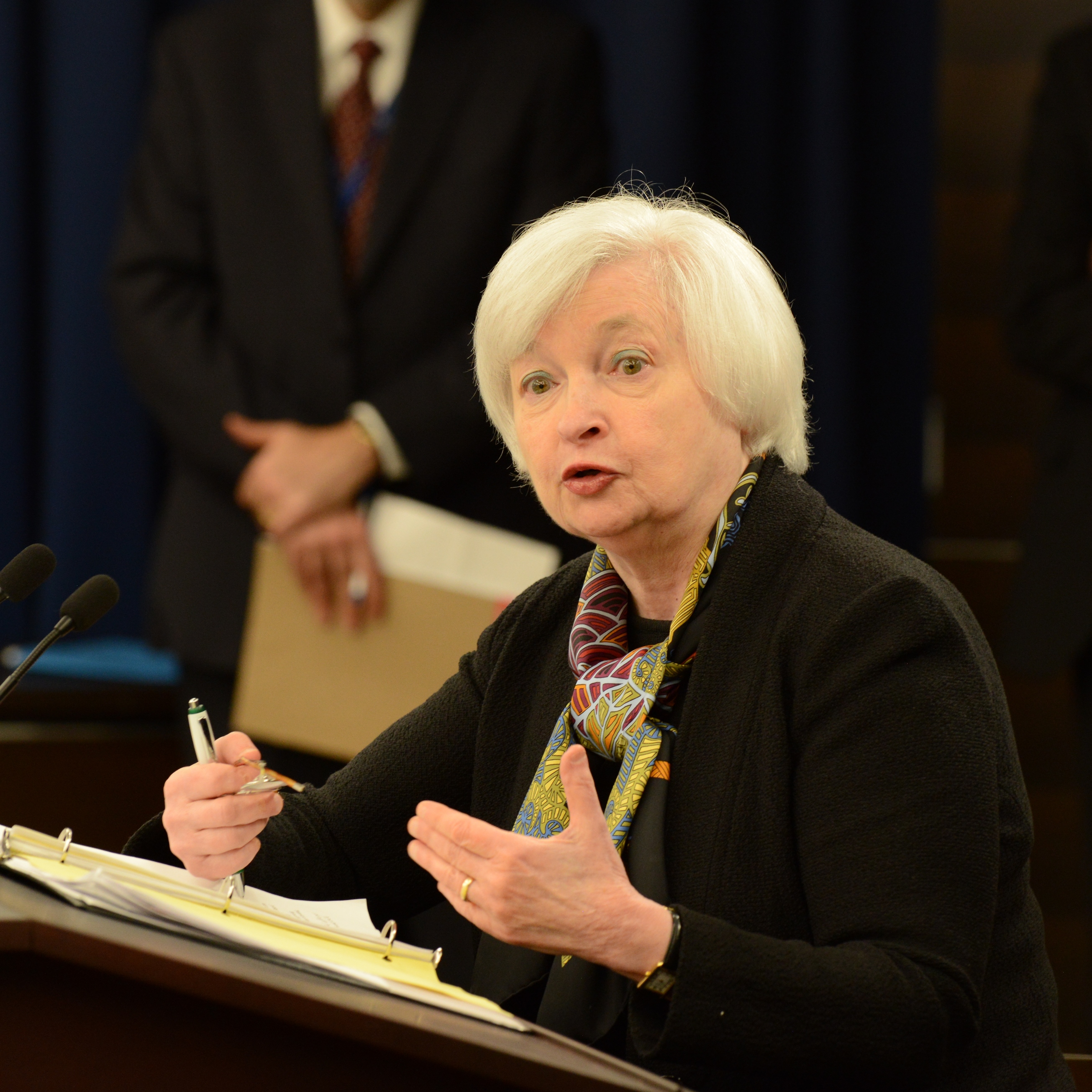Economy
Did Janet Yellen Just Signal That Rates Will Remain Lower for Much Longer?

Published:
Last Updated:

Federal Reserve Chair Janet Yellen was slated to testify before the U.S. House of Representatives Committee on Financial Services on Wednesday. There is a debate over whether this might be one of her last testimonies, depending on whether she is reappointed as Fed Chair in 2018.
While many investors look over each and every word for clues about monetary policy ahead, Yellen’s prepared remarks for the testimony contained no major surprises regarding the Federal Open Market Committee’s interest rate outlook or the upcoming balance sheet normalization. This helped keep a floor under the stock market.
What has been undercovered by the media is that the Federal Reserve already may be nearing more of a neutral stance on rates rather than this current low-rate environment being accommodative. The actual point under discussion here was the note that the federal funds rate would not have to rise much further to be at neutral policy stance.
Just a day earlier came comments from Fed Governor Lael Brainard saying that a low-neutral rate over the medium term means that the Fed wouldn’t have much more additional work to do on moving toward a neutral stance.
Yellen’s testimony still noted that she expects gradual rate hikes to be appropriate over the next few years.
Yellen noted that while the U.S. labor market has continued to strengthen and while the U.S. economy appears to be growing at a moderate pace, the inflation has continued to run lower than the Fed’s 2% long-term objective.
And to keep more hopes alive for lower rates rather than higher ones, at least by historical standards, Yellen said that the longer-run neutral fed funds level most likely will remain under levels of the prior decades. The most obvious interpretation here is that this sets expectations in place for slower growth in the years ahead.
Yellen did discuss the Federal Reserve’s massive $4.4 trillion balance sheet, or at least the normalization plans, noting that the Fed currently sees lowering reserve balances appreciably lower than recent levels — but keeping reserves at a level much higher than what was held prior to and going into the last financial crisis. Yellen specifically said that this normalization plan is expected to begin this year.
And on what tools the Federal Open Market Committee could use in the next recession or crisis, Yellen said:
Finally, the Committee affirmed in June that changing the target range for the federal funds rate is our primary means of adjusting the stance of monetary policy. In other words, we do not intend to use the balance sheet as an active tool for monetary policy in normal times. However, the Committee would be prepared to resume reinvestments if a material deterioration in the economic outlook were to warrant a sizable reduction in the federal funds rate. More generally, the Committee would be prepared to use its full range of tools, including altering the size and composition of its balance sheet, if future economic conditions were to warrant a more accommodative monetary policy than can be achieved solely by reducing the federal funds rate.
All in all, Yellen’s commentary should keep a dovish tone for investors.
The Average American Is Losing Momentum On Their Savings Every Day (Sponsor)
If you’re like many Americans and keep your money ‘safe’ in a checking or savings account, think again. The average yield on a savings account is a paltry .4%1 today. Checking accounts are even worse.
But there is good news. To win qualified customers, some accounts are paying more than 7x the national average. That’s an incredible way to keep your money safe and earn more at the same time. Our top pick for high yield savings accounts includes other benefits as well. You can earn a $200 bonus and up to 7X the national average with qualifying deposits. Terms apply. Member, FDIC.
Click here to see how much more you could be earning on your savings today. It takes just a few minutes to open an account to make your money work for you.
Thank you for reading! Have some feedback for us?
Contact the 24/7 Wall St. editorial team.